Rotational Motion
Rotational motion, also known as angular motion, is the movement of an object in a circular path around an axis. This type of motion is commonly observed in objects such as wheels, gears, planets, and many other everyday items.
Key Concepts
- Rotational Speed: The measure of how quickly an object is rotating around an axis. It is usually measured in revolutions per minute (RPM) or radians per second (rad/s).
- Angular Displacement: The angle through which an object has rotated about a fixed point or axis.
- Rotational Inertia: The resistance of an object to changes in its rotational motion. It depends on the mass and distribution of mass of the object.
- Torque: The rotational equivalent of force, causing an object to rotate around an axis. It is the product of the force and the lever arm distance.
- Centripetal Force: The force that keeps an object moving in a circular path. It is directed towards the center of the circle.
Key Equations
Some important equations related to rotational motion include:
- Rotational Speed: ω = Δθ/Δt, where ω is the angular velocity, Δθ is the angular displacement, and Δt is the time taken.
- Rotational Inertia: I = Σmiri^2, where I is the rotational inertia, mi is the mass of the ith particle, and ri is the perpendicular distance of the ith particle from the axis of rotation.
- Torque: τ = rFsin(θ), where τ is the torque, r is the lever arm distance, F is the force applied, and θ is the angle between the force and the lever arm.
- Centripetal Force: Fc = mω^2r, where Fc is the centripetal force, m is the mass of the object, ω is the angular velocity, and r is the radius of the circular path.
Study Guide
When studying rotational motion, it is important to understand the following key points:
- Understand the difference between linear and rotational motion, and how they are related.
- Learn how to calculate rotational speed and angular displacement using appropriate formulas.
- Understand the concept of rotational inertia and how it affects an object's resistance to changes in its rotational motion.
- Be able to calculate torque and understand its significance in rotational motion.
- Understand the concept of centripetal force and its role in keeping an object moving in a circular path.
- Practice solving problems related to rotational motion to reinforce understanding of the key concepts and equations.
By mastering these concepts and practicing problem-solving, you can develop a strong understanding of rotational motion and its applications in the world around us.
.◂Science Worksheets and Study Guides Fifth Grade. Cycles of life and Biomes
Study Guide Cycles of life and Biomes
Cycles of life and Biomes  Worksheet/Answer key
Worksheet/Answer key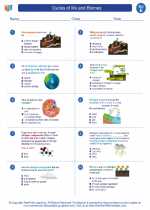 Cycles of life and Biomes
Cycles of life and Biomes  Worksheet/Answer key
Worksheet/Answer key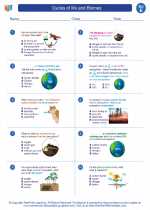 Cycles of life and Biomes
Cycles of life and Biomes  Worksheet/Answer key
Worksheet/Answer key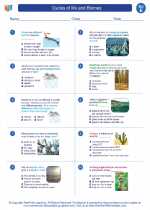 Cycles of life and Biomes
Cycles of life and Biomes  Worksheet/Answer key
Worksheet/Answer key Cycles of life and Biomes
Cycles of life and Biomes  Vocabulary/Answer key
Vocabulary/Answer key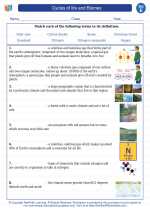 Cycles of life and Biomes
Cycles of life and Biomes  Vocabulary/Answer key
Vocabulary/Answer key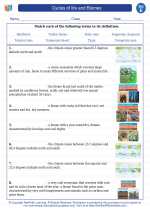 Cycles of life and Biomes
Cycles of life and Biomes 

 Worksheet/Answer key
Worksheet/Answer key
 Worksheet/Answer key
Worksheet/Answer key
 Worksheet/Answer key
Worksheet/Answer key
 Worksheet/Answer key
Worksheet/Answer key
 Vocabulary/Answer key
Vocabulary/Answer key
 Vocabulary/Answer key
Vocabulary/Answer key

The resources above cover the following skills:
LIFE SCIENCE (NGSS)
Ecosystems: Interactions, Energy, and Dynamics
Students who demonstrate understanding can:
Develop a model to describe the movement of matter among plants, animals, decomposers, and the environment.